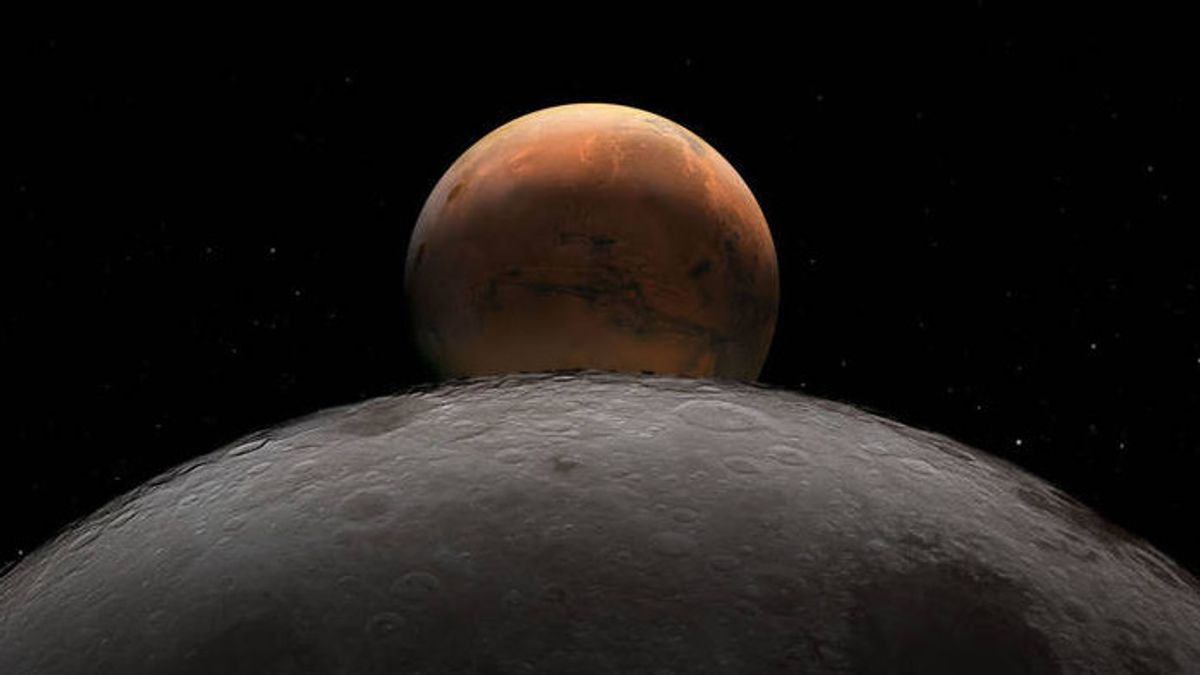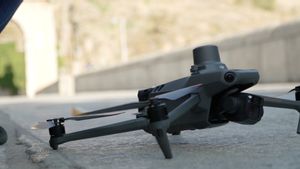JAKARTA - NASA has set up a new office to carry out human exploration activities on the Moon and Mars. Amit Kshatriya will serve as head of the agency's first office.
The new office is located at NASA Headquarters in Washington, United States (US) and under the supervision of the Directorate of Exploration System Development Missions.
"The Moon Program Office to Mars will help prepare NASA to carry out our bold mission to the Moon and land the first humans on Mars," NASA Administrator Bill Nelson said in a statement quoted Friday, March 31.
"The golden age of exploration is happening now, and this new office will help ensure that NASA manages to establish the long-term lunar presence required to prepare for the next giant leap to the Red Planet," he added.
Later, the new office will focus on developing hardware, mission integration, and risk management functions for important programs for the agency's exploration approach that uses Artemis' mission on the Moon to open a new era of scientific discovery and prepare human missions to Mars.
Including Space Launch System (SLS) rockets, Orion spacecraft, support pad systems, human landing systems, spacesuits, Gateway, and others related to space exploration.
In addition, the new office will also lead planning and analysis for long-term development to support the human Mars mission.
Kshatriya previously served as deputy administrator of associations for the Development of General Exploration Systems, providing leadership and integration in several programs that are now included in the new office.
Since establishing the Exploration System Mission Directorate in September 2021, NASA has been working to assess and align two human spaceflight organizations while remaining focused on Artemis and other agency mission priorities including operations by the International Space Station (ISS), commercial and cargo crews, and more.
Through Artemis, NASA will land the first woman and first person of color on the Moon, paving the way for a sustainable long-term presence on Earth's natural satellite to explore more lunar surfaces than ever before. As well as preparing future astronaut missions to Mars. This is a lunar exploration approach to NASA's Mars.
The English, Chinese, Japanese, Arabic, and French versions are automatically generated by the AI. So there may still be inaccuracies in translating, please always see Indonesian as our main language. (system supported by DigitalSiber.id)













